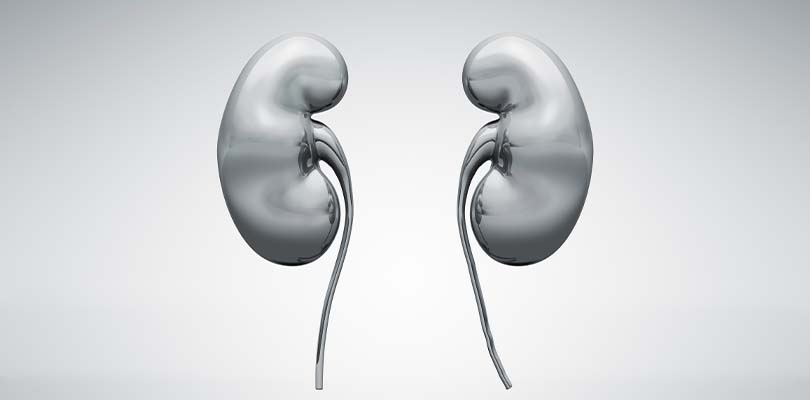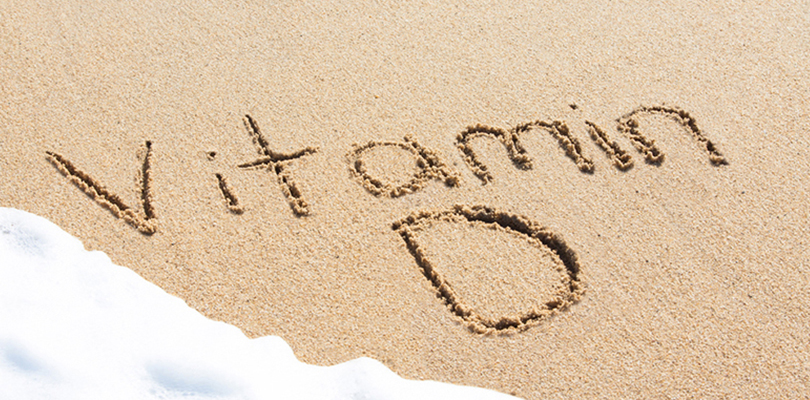What Is Nephropathic Cystinosis?
To answer the question (what is nephropathic cystinosis?), it is a rare lysosomal storage disorder. It is caused by the accumulation of amino acid cystine inside the lysosomes of the body’s cells. This inherited disease can be developed when a child receives an abnormal copy of the cystinosin gene from each of their parents. These faulty genes lead to problems with the way cystine is stored in the body.
The lysosome is a cellular structure that contains digestive enzymes that are responsible for breaking down substances such as proteins, carbohydrates and old cell parts. It removes waste and destroys a cell after it has died.
When our cells are unable to remove cystine from lysosomes, it accumulates and forms cystine crystals within the cells. This abnormal buildup of cystine can lead to cell damage and death in tissues and organs throughout the body.
Nephropathic cystinosis is the most common and serious form of cystinosis that appears in infants or in children at a young age. It is also called infantile or early-onset cystinosis. It is a genetic metabolic disease that can cause severe kidney problems. It can also affect other organs of the body, including the eyes, muscles, liver, pancreas, thyroid, brain and heart.
What Are the Symptoms of Nephropathic Cystinosis?
The symptoms of nephropathic cystinosis in infants may not be obvious at first. The problem usually appears by 6 to 12 months of age. Common signs that you may notice in your child include slow growth, frequent urination and persistent thirst that leads to dehydration. Vomiting and constipation are also part of the symptoms. Your child may be difficult to feed because of their fussiness and poor appetite. They may also have delayed walking.
Another prominent symptom in infants is Fanconi syndrome. This is a disease where kidneys are unable to absorb nutrients and minerals such as sodium and potassium. The loss of these essential nutrients leads to growth failure and makes your child a high risk of developing kidney disease. If untreated, this will eventually progress to kidney failure by 10 to 12 years of age.
Nephropathic cystinosis can cause complications that may affect the eyes, bones, muscles, lungs, thyroid and brain. An affected child may have severe sensitivity to light (photophobia) and other retinal diseases. These eye problems may appear after two years of age.
They may have decreased muscle mass, and in turn, having weak muscles. Most children with cystinosis develop rickets, a condition where bones are soft and frail. They may also have trouble swallowing, as well as experience breathing problems. Cystinosis in children can affect their brain, which may cause visual and learning issues. They may have problems with attention, memory, movement and coordination.
How Can Nephropathic Cystinosis Be Treated?
Nephropathic cystinosis is a progressive disease, but it can be managed. The damages that it may cause to the body cannot be reversed. However, they can be delayed and prevented with appropriate treatment. Early diagnosis improves the overall prognosis of this disease. Timely initiation of treatment can significantly impact your child’s quality of life.
A systematic and comprehensive treatment plan for children with cystinosis is done by a team of specialists. The team includes pediatricians, kidney specialists, ophthalmologists, gastroenterologists, psychologist, and other healthcare professionals. The treatment will be directed towards the specific symptoms that the patient has.
It can be difficult to find a healthy guide to gaining weight in a society obsessed with losing weight, but we have a few healthy tips you can try today.
How to Treat Fanconi Syndrome
As treatment for Fanconi syndrome, your child might need to receive fluids, nutrients and electrolytes, such as sodium and potassium. A recommended diet for your child’s age should be strictly followed. You have to make sure that they drink several liters of water every day. Some children who have feeding aversion may require feeding tubes to administer medication. Proper nutrition is vital for your child to maximize their growth potential. Growth hormone therapy may also help.
Cysteamine Supplementation
The major treatment for cystinosis is cysteamine supplementation or cystine-depleting therapy (CDT). This therapy lowers the amount of cystine in the body and helps delay problems with the kidneys and other organs. Your child should continue this medication throughout his life. Aside from oral cysteamine, an eye-drop solution containing cysteamine is also needed to treat corneal cystine crystal accumulation.
Kidney Transplant
Another treatment option is a kidney transplant. It is a surgical procedure wherein a healthy kidney from a living or deceased donor is used to replace your own kidney that is no longer functioning. After kidney transplantation is done, the patient needs immunosuppressive therapies. They may also require additional treatments for hypothyroidism or diabetes.
What Are the Side Effects From Treatment?
Cystine-depleting therapy may cause nausea, vomiting and gastrointestinal discomfort. A gastroenterologist may prescribe proton pump inhibitors to reduce the production of stomach acid to improve the symptoms.
When your child reaches early adulthood, they may eventually develop end-stage renal disease (ESRD) that requires dialysis or kidney transplant to restore their kidney function. Dialysis is a treatment procedure that filters waste products from the blood using a machine. It helps maintain proper levels of essential chemicals in the body.
An Overview
Because of all these endeavors, counseling is beneficial to the families of children with cystinosis. Nephropathic cystinosis is a lifetime condition, but these treatment plans have allowed affected children to live longer.







